Special Report
States Where Gym Memberships Are on the Rise

Published:
Last Updated:

No doubt, this is peak season for gym memberships as Americans determined to offset excess dining and drinking during the holiday season decide to get in better shape and start working out. While there are certainly spikes and troughs, gym membership has been growing steadily for at least a decade. With more than a third of American adults considered obese and more than half overweight, this may not be surprising.
Nationwide, gym membership has grown considerably in recent years. Just over 57 million, or approximately 20% of Americans, were members of health clubs in 2016 — an all-time high. Gym membership levels vary by state. To highlight the geographical perspective on the growing popularity of health clubs, 24/7 Wall St. reviewed state-level data for 2006 and 2016 provided by the International Health, Racquet & Sportsclub Association, a nonprofit trade and research organization.
The IHRSA measured the percentage of the population over 6-years-old who are members of health clubs — fitness facilities ranging from rooms full of ellipticals, weight-lifting centers, and yoga studios, to cycling classes, indoor rock climbing, and kickboxing gyms.
Of the 31 states with sufficient survey samples, the health club membership rate dropped in eight states and increased in 23 over the past decade. According to the IHRSA, the 57.3 million memberships nationwide resulted in 5.7 billion visits in 2016.
Click here to see the states where gym memberships are on the rise.
Click here to see our detailed findings and methodology.

31. Tennessee
> Ppt. change in health club membership, 2006-2016: -2.5
> Health club membership in 2006: 15.7%
> Health club membership in 2016: 13.2%
> Adults who report no leisure-time physical activity: 29.8% (3rd highest)
> Adult obesity rate: 34.8% (6th highest)

30. Oregon
> Ppt. change in health club membership, 2006-2016: -2.0
> Health club membership in 2006: 18.5%
> Health club membership in 2016: 16.5%
> Adults who report no leisure-time physical activity: 15.3% (2nd lowest)
> Adult obesity rate: 28.7% (20th lowest)
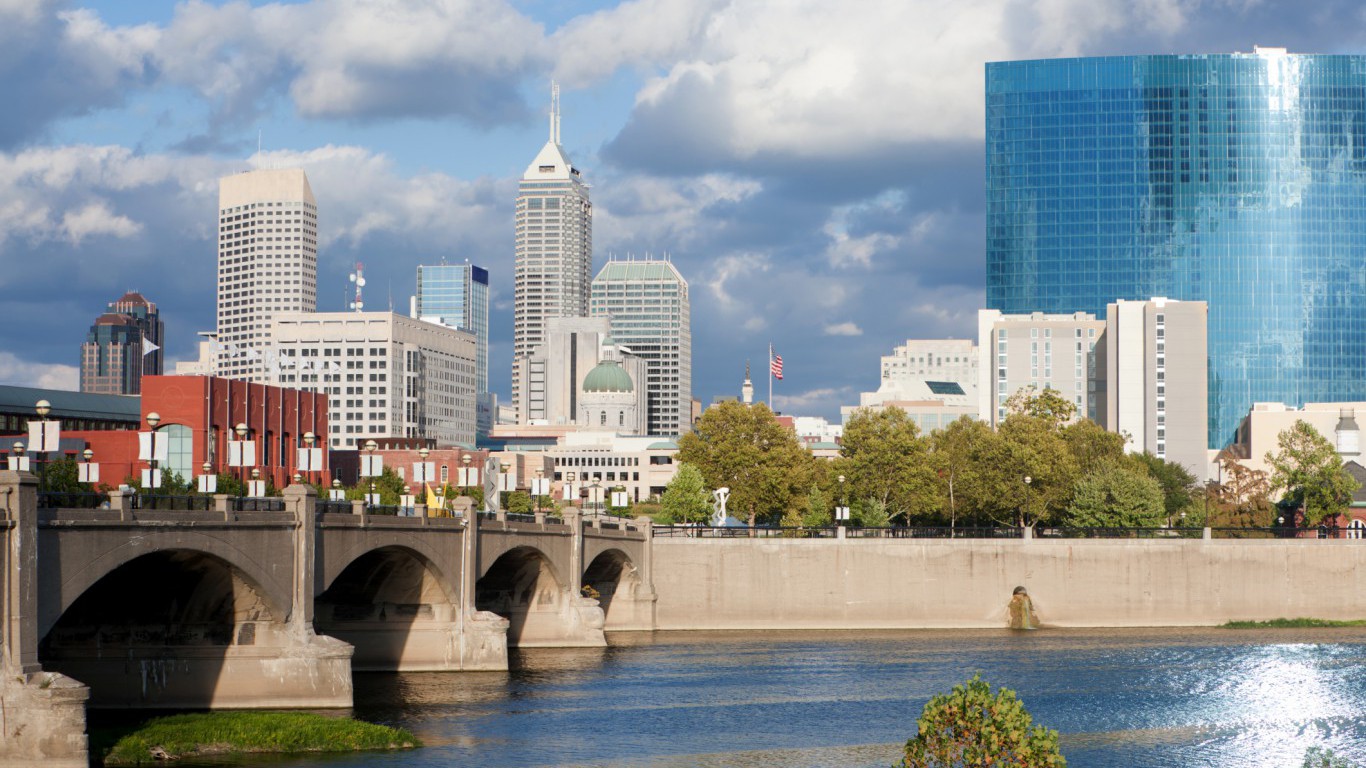
29. Indiana
> Ppt. change in health club membership, 2006-2016: -1.6
> Health club membership in 2006: 13.1%
> Health club membership in 2016: 11.5%
> Adults who report no leisure-time physical activity: 26.3% (9th highest)
> Adult obesity rate: 32.5% (10th highest)
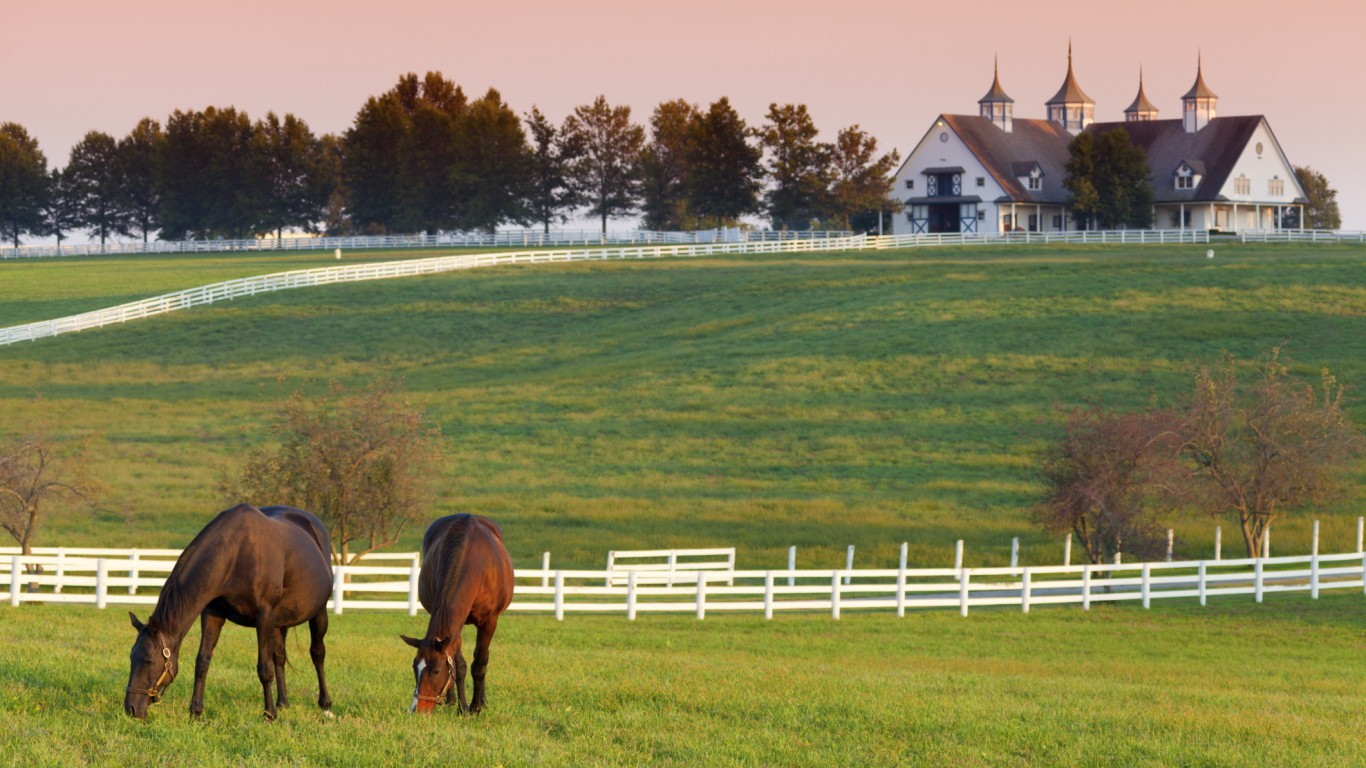
28. Kentucky
> Ppt. change in health club membership, 2006-2016: -1.5
> Health club membership in 2006: 15.1%
> Health club membership in 2016: 13.6%
> Adults who report no leisure-time physical activity: 27.8% (7th highest)
> Adult obesity rate: 34.2% (7th highest)

27. Ohio
> Ppt. change in health club membership, 2006-2016: -1.0
> Health club membership in 2006: 18.6%
> Health club membership in 2016: 17.6%
> Adults who report no leisure-time physical activity: 25.3% (10th highest)
> Adult obesity rate: 31.5% (19th highest)

26. Michigan
> Ppt. change in health club membership, 2006-2016: -0.8
> Health club membership in 2006: 15.6%
> Health club membership in 2016: 14.8%
> Adults who report no leisure-time physical activity: 22.7% (25th highest)
> Adult obesity rate: 32.5% (10th highest)

25. Maryland
> Ppt. change in health club membership, 2006-2016: -0.7
> Health club membership in 2006: 19.6%
> Health club membership in 2016: 18.9%
> Adults who report no leisure-time physical activity: 21.5% (23rd lowest)
> Adult obesity rate: 29.9% (25th lowest)

24. Colorado
> Ppt. change in health club membership, 2006-2016: -0.6
> Health club membership in 2006: 20.3%
> Health club membership in 2016: 19.7%
> Adults who report no leisure-time physical activity: 14.4% (the lowest)
> Adult obesity rate: 22.3% (the lowest)
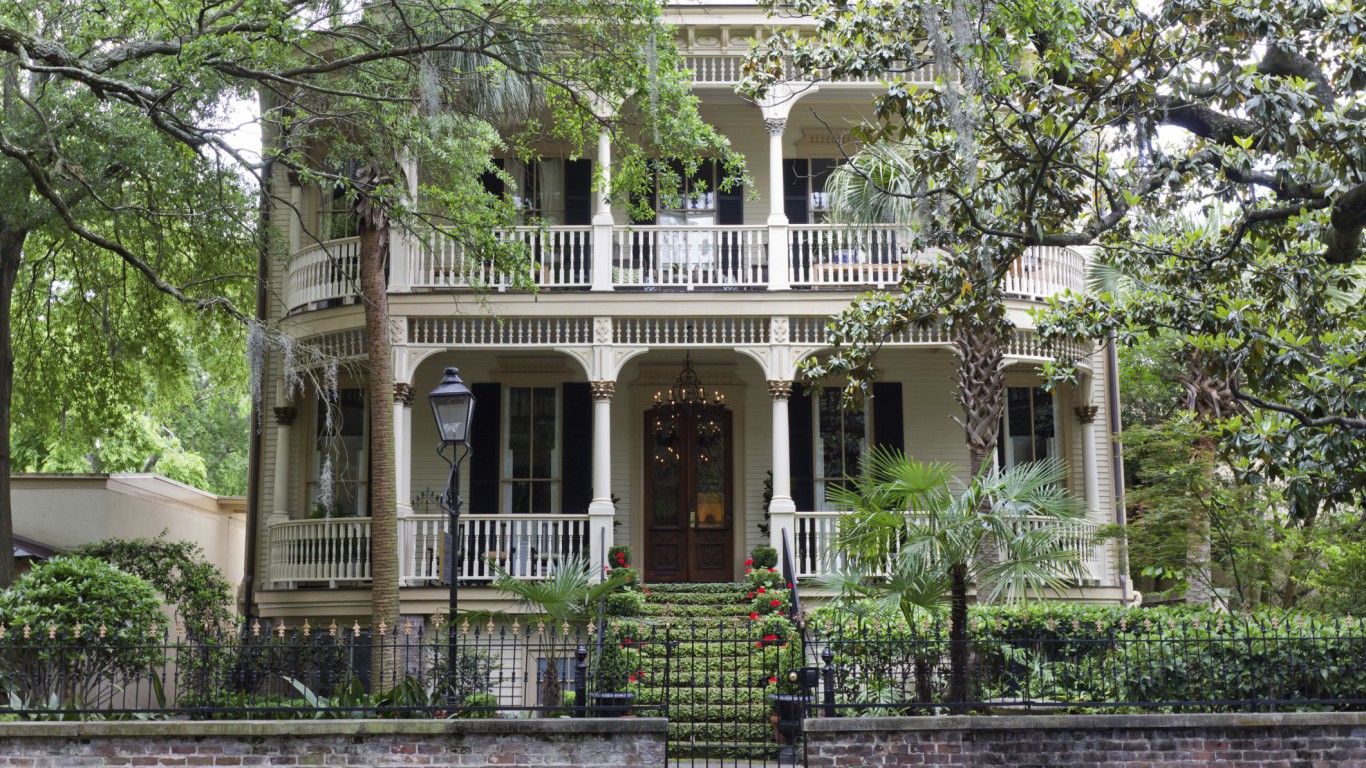
23. Georgia
> Ppt. change in health club membership, 2006-2016: +0.4
> Health club membership in 2006: 17.7%
> Health club membership in 2016: 18.1%
> Adults who report no leisure-time physical activity: 23.4% (18th highest)
> Adult obesity rate: 31.4% (20th highest)

22. Virginia
> Ppt. change in health club membership, 2006-2016: +1.6
> Health club membership in 2006: 17.5%
> Health club membership in 2016: 19.1%
> Adults who report no leisure-time physical activity: 21.4% (21st lowest)
> Adult obesity rate: 29.0% (22nd lowest)

21. Arizona
> Ppt. change in health club membership, 2006-2016: +1.7
> Health club membership in 2006: 15.1%
> Health club membership in 2016: 16.8%
> Adults who report no leisure-time physical activity: 19.4% (11th lowest)
> Adult obesity rate: 29.0% (22nd lowest)

20. Pennsylvania
> Ppt. change in health club membership, 2006-2016: +1.8
> Health club membership in 2006: 13.4%
> Health club membership in 2016: 15.2%
> Adults who report no leisure-time physical activity: 23.1% (19th highest)
> Adult obesity rate: 30.3% (25th highest)

19. Florida
> Ppt. change in health club membership, 2006-2016: +2.3
> Health club membership in 2006: 14.8%
> Health club membership in 2016: 17.1%
> Adults who report no leisure-time physical activity: 23.1% (20th highest)
> Adult obesity rate: 27.4% (15th lowest)

18. North Carolina
> Ppt. change in health club membership, 2006-2016: +2.4
> Health club membership in 2006: 18.1%
> Health club membership in 2016: 20.5%
> Adults who report no leisure-time physical activity: 24.0% (14th highest)
> Adult obesity rate: 31.8% (16th highest)
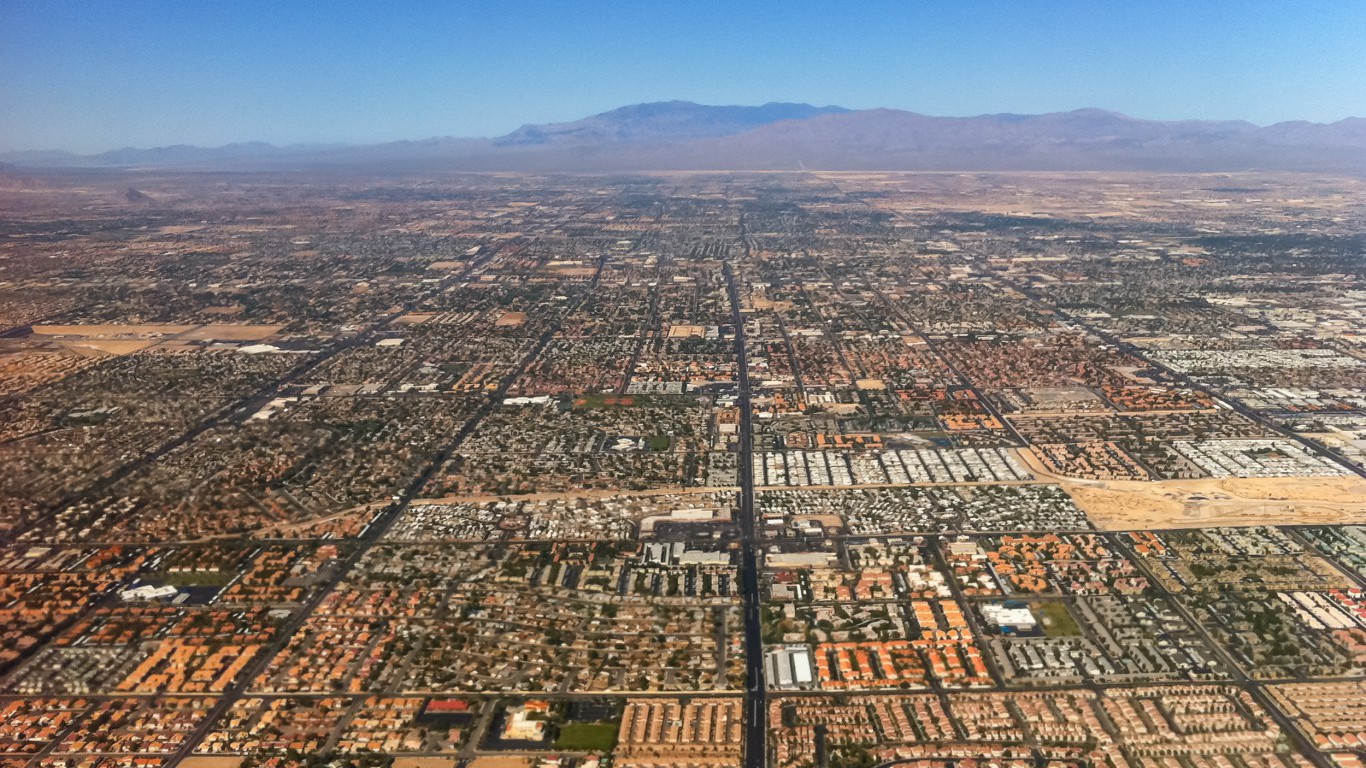
17. Nevada
> Ppt. change in health club membership, 2006-2016: +2.5
> Health club membership in 2006: 13.6%
> Health club membership in 2016: 16.1%
> Adults who report no leisure-time physical activity: 20.8% (19th lowest)
> Adult obesity rate: 25.8% (8th lowest)

16. Wisconsin
> Ppt. change in health club membership, 2006-2016: +2.5
> Health club membership in 2006: 16.5%
> Health club membership in 2016: 19.0%
> Adults who report no leisure-time physical activity: 20.4% (17th lowest)
> Adult obesity rate: 30.7% (23rd highest)

15. Minnesota
> Ppt. change in health club membership, 2006-2016: +2.7
> Health club membership in 2006: 16.8%
> Health club membership in 2016: 19.5%
> Adults who report no leisure-time physical activity: 18.7% (10th lowest)
> Adult obesity rate: 27.8% (17th lowest)

14. Missouri
> Ppt. change in health club membership, 2006-2016: +3.3
> Health club membership in 2006: 15.2%
> Health club membership in 2016: 18.5%
> Adults who report no leisure-time physical activity: 25.0% (11th highest)
> Adult obesity rate: 31.7% (17th highest)

13. Massachusetts
> Ppt. change in health club membership, 2006-2016: +3.7
> Health club membership in 2006: 21.0%
> Health club membership in 2016: 24.7%
> Adults who report no leisure-time physical activity: 20.3% (16th lowest)
> Adult obesity rate: 23.6% (2nd lowest)

12. Connecticut
> Ppt. change in health club membership, 2006-2016: +4.3
> Health club membership in 2006: 22.7%
> Health club membership in 2016: 27.0%
> Adults who report no leisure-time physical activity: 20.3% (15th lowest)
> Adult obesity rate: 26.0% (9th lowest)

11. Utah
> Ppt. change in health club membership, 2006-2016: +4.4
> Health club membership in 2006: 15.0%
> Health club membership in 2016: 19.4%
> Adults who report no leisure-time physical activity: 16.2% (3rd lowest)
> Adult obesity rate: 25.4% (5th lowest)

10. Alabama
> Ppt. change in health club membership, 2006-2016: +5.0
> Health club membership in 2006: 8.7%
> Health club membership in 2016: 13.7%
> Adults who report no leisure-time physical activity: 27.7% (8th highest)
> Adult obesity rate: 35.7% (3rd highest)
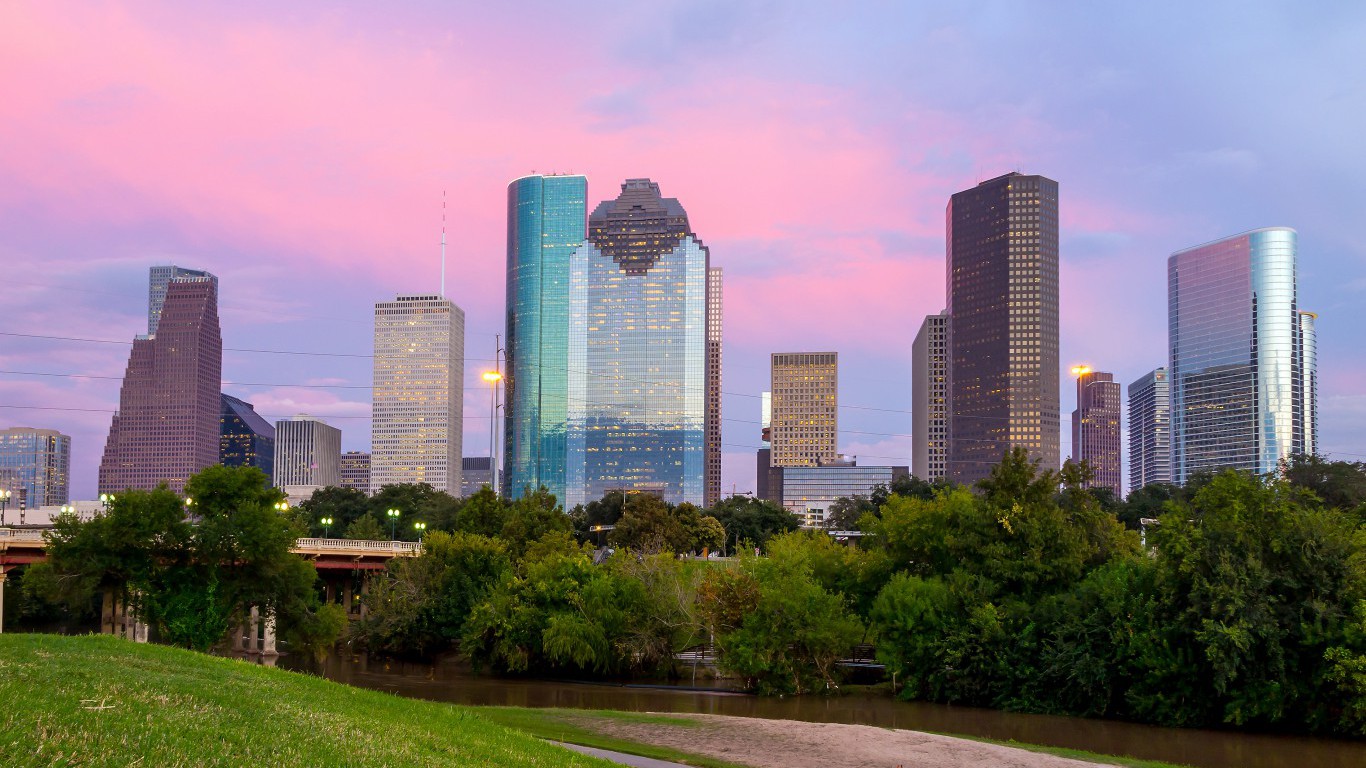
9. Texas
> Ppt. change in health club membership, 2006-2016: +5.1
> Health club membership in 2006: 14.4%
> Health club membership in 2016: 19.5%
> Adults who report no leisure-time physical activity: 23.0% (21st highest)
> Adult obesity rate: 33.7% (8th highest)
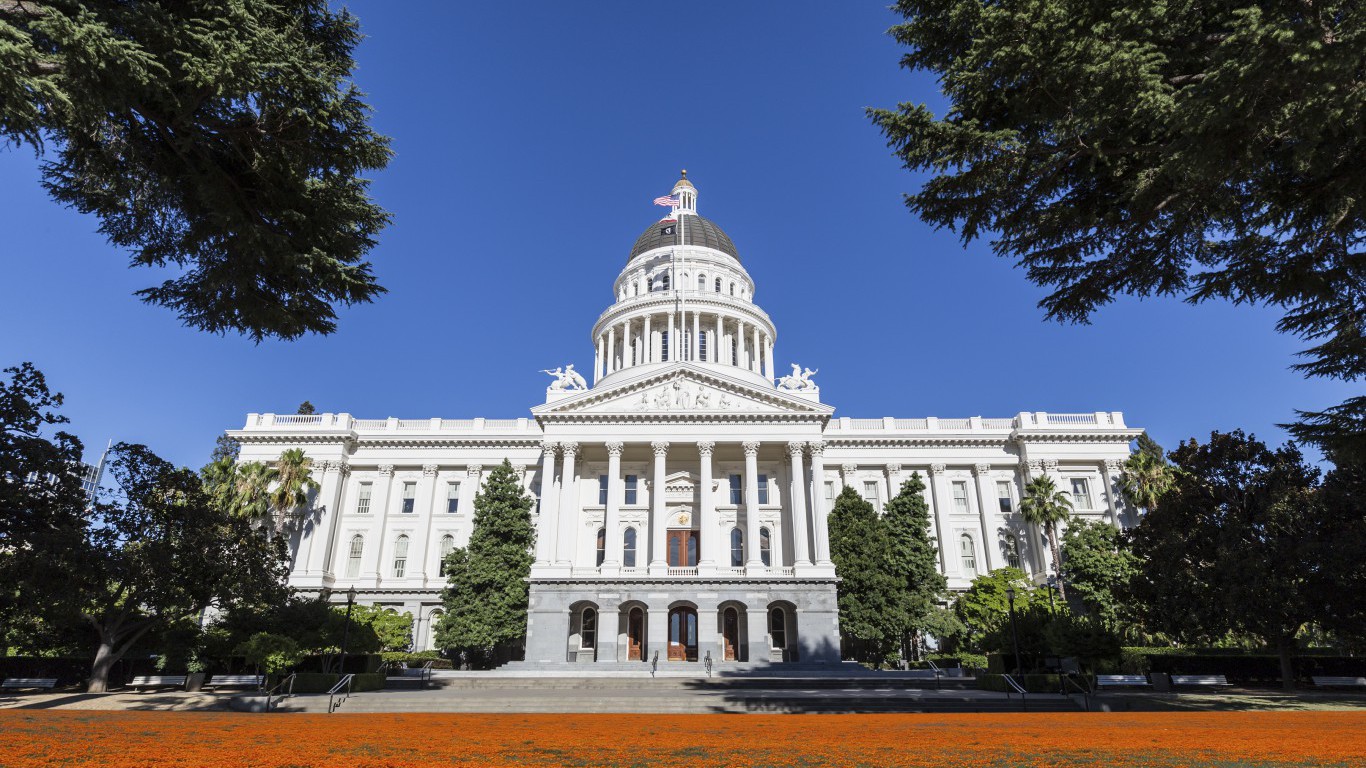
8. California
> Ppt. change in health club membership, 2006-2016: +5.1
> Health club membership in 2006: 18.4%
> Health club membership in 2016: 23.5%
> Adults who report no leisure-time physical activity: 17.4% (5th lowest)
> Adult obesity rate: 25.0% (4th lowest)
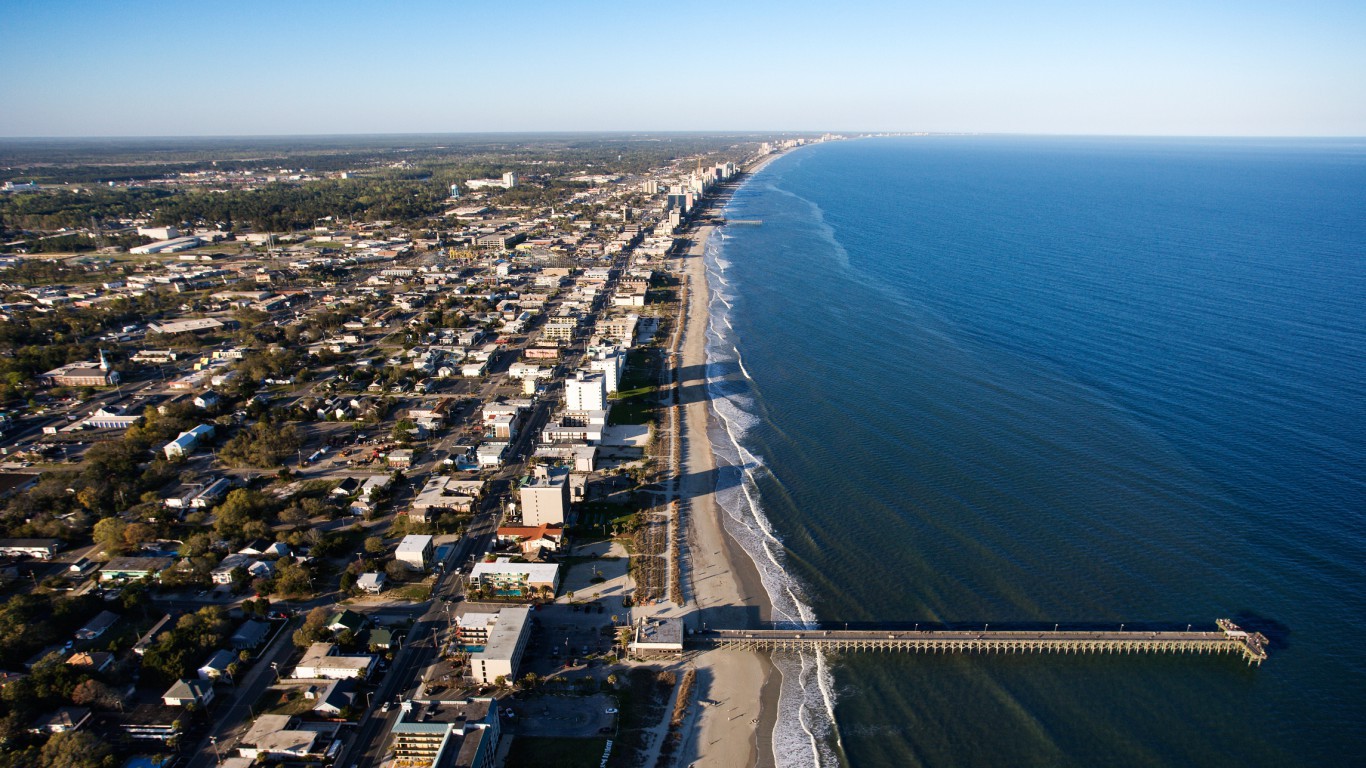
7. South Carolina
> Ppt. change in health club membership, 2006-2016: +5.2
> Health club membership in 2006: 10.3%
> Health club membership in 2016: 15.5%
> Adults who report no leisure-time physical activity: 24.4% (12th highest)
> Adult obesity rate: 32.3% (12th highest)
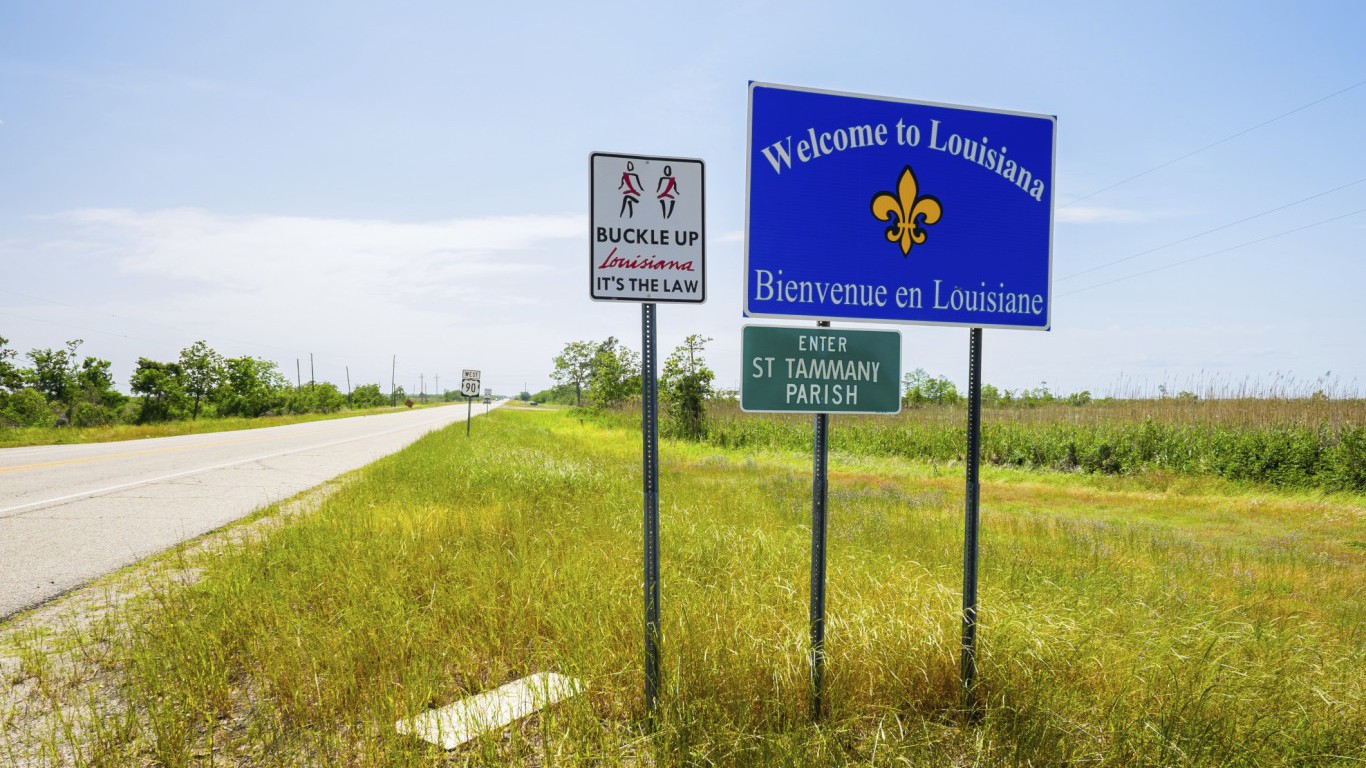
6. Louisiana
> Ppt. change in health club membership, 2006-2016: +5.9
> Health club membership in 2006: 10.6%
> Health club membership in 2016: 16.5%
> Adults who report no leisure-time physical activity: 28.7% (6th highest)
> Adult obesity rate: 35.5% (5th highest)
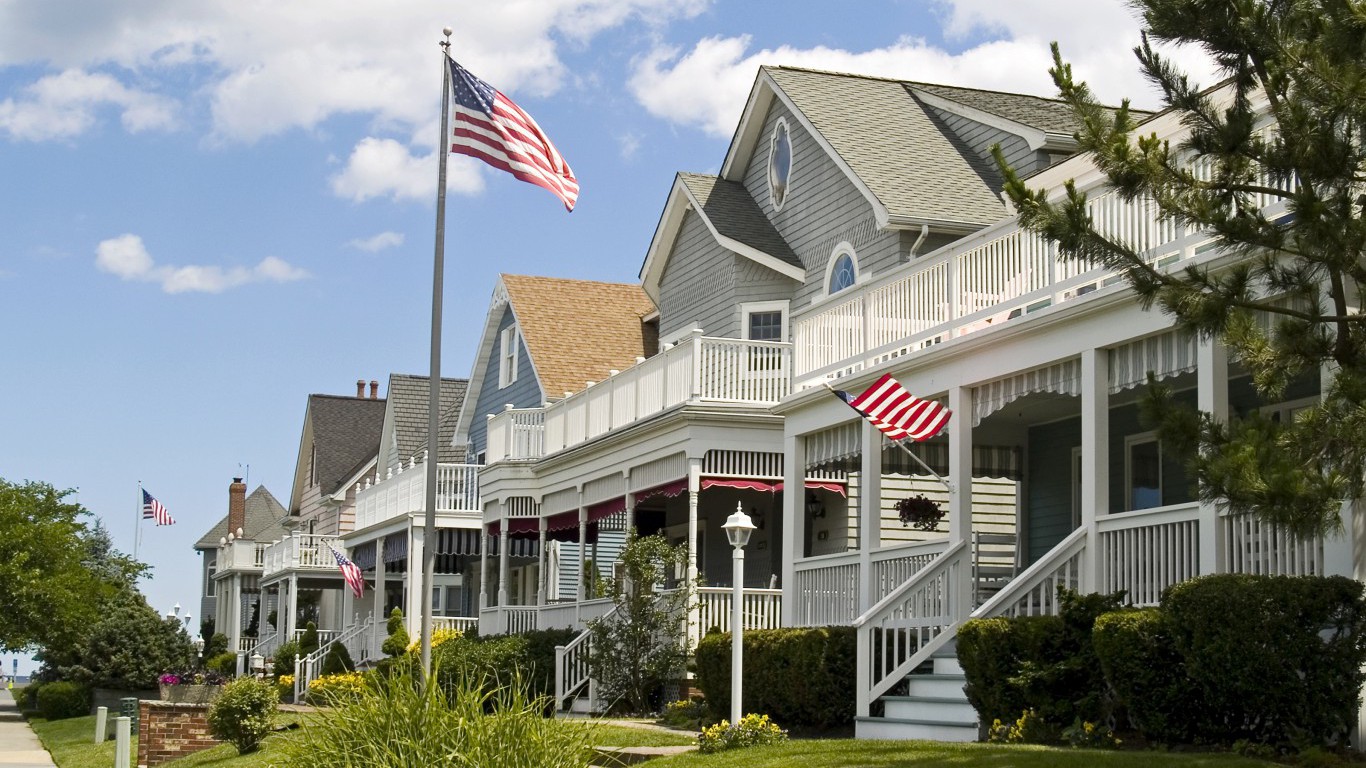
5. New Jersey
> Ppt. change in health club membership, 2006-2016: +6.2
> Health club membership in 2006: 14.7%
> Health club membership in 2016: 20.9%
> Adults who report no leisure-time physical activity: 22.9% (22nd highest)
> Adult obesity rate: 27.4% (15th lowest)

4. Washington
> Ppt. change in health club membership, 2006-2016: +7.9
> Health club membership in 2006: 16.0%
> Health club membership in 2016: 23.9%
> Adults who report no leisure-time physical activity: 17.1% (4th lowest)
> Adult obesity rate: 28.6% (19th lowest)
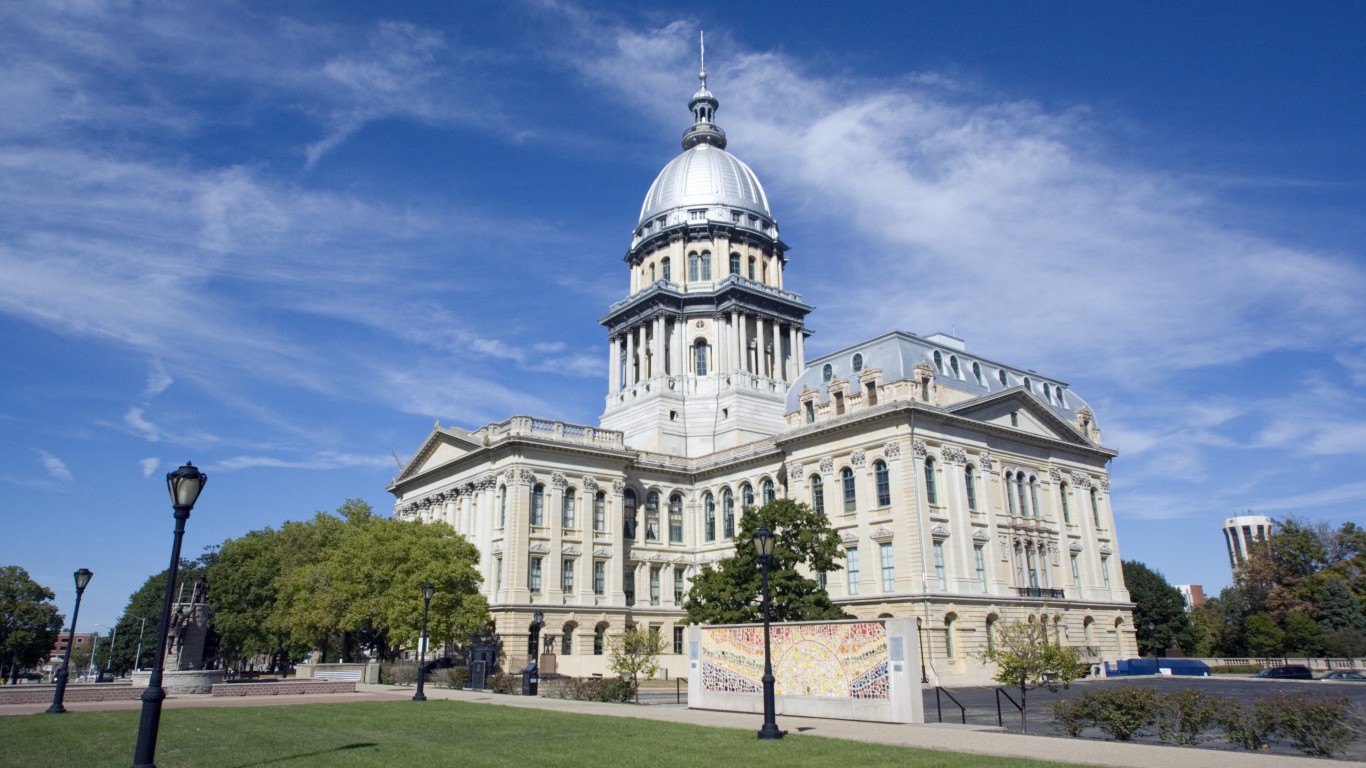
3. Illinois
> Ppt. change in health club membership, 2006-2016: +7.9
> Health club membership in 2006: 15.3%
> Health club membership in 2016: 23.2%
> Adults who report no leisure-time physical activity: 21.2% (20th lowest)
> Adult obesity rate: 31.6% (18th highest)
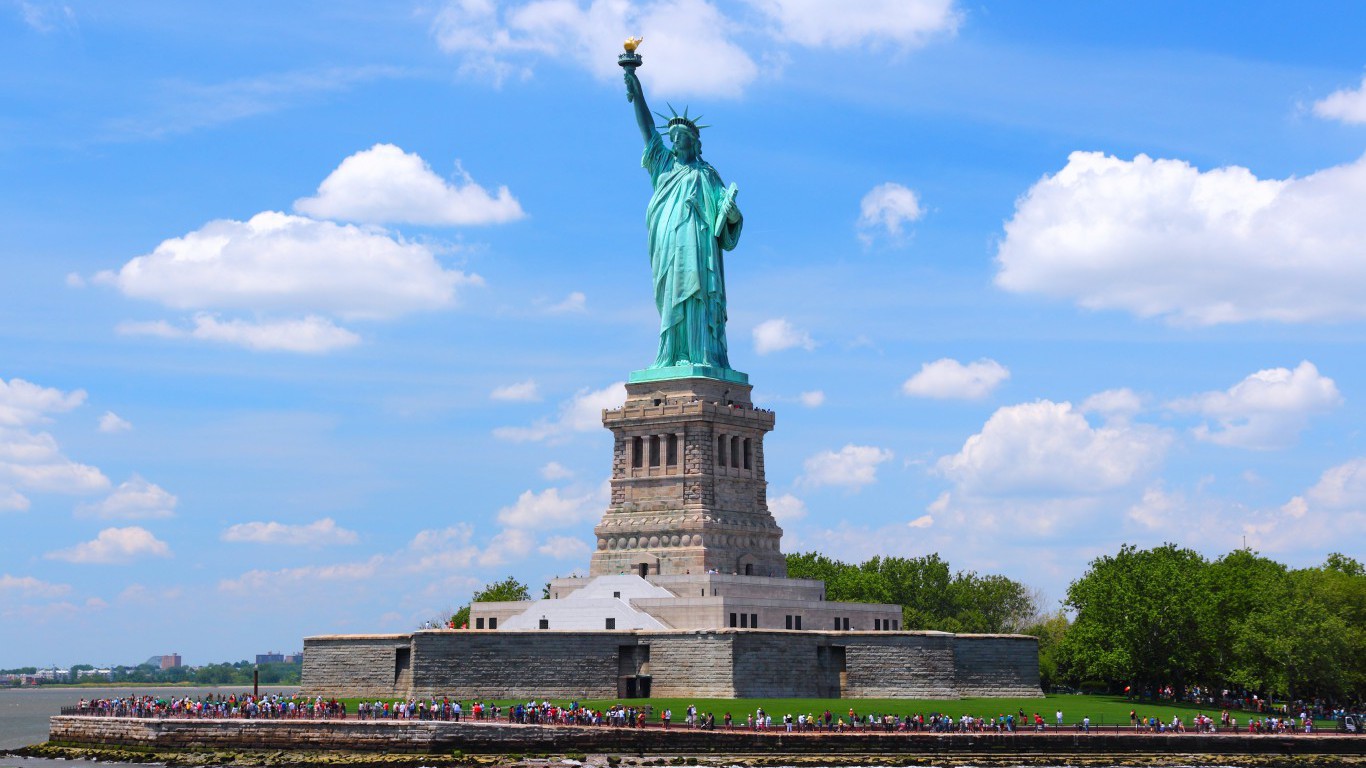
2. New York
> Ppt. change in health club membership, 2006-2016: +8.0
> Health club membership in 2006: 14.4%
> Health club membership in 2016: 22.4%
> Adults who report no leisure-time physical activity: 24.0% (15th highest)
> Adult obesity rate: 25.5% (7th lowest)
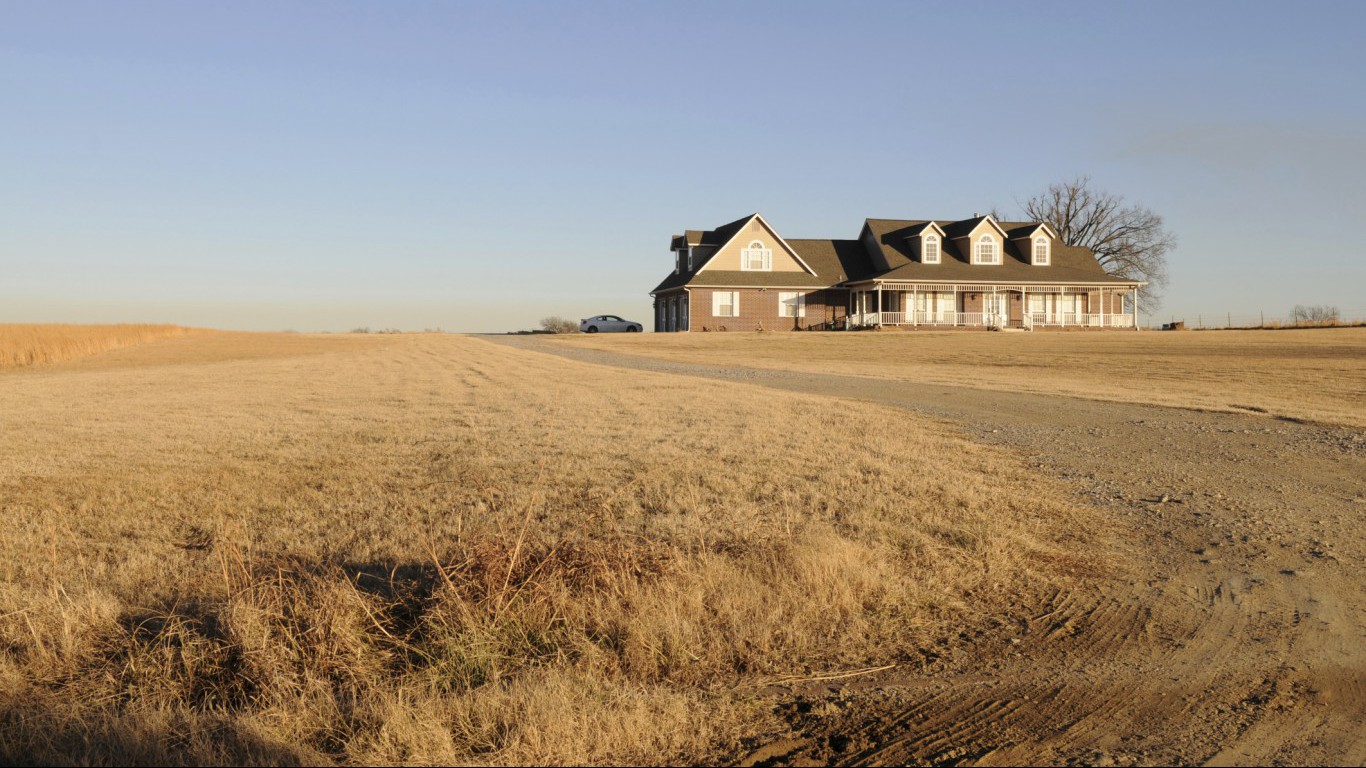
1. Oklahoma
> Ppt. change in health club membership, 2006-2016: +10.9
> Health club membership in 2006: 9.5%
> Health club membership in 2016: 20.4%
> Adults who report no leisure-time physical activity: 29.1% (5th highest)
> Adult obesity rate: 32.8% (9th highest)
Detailed Findings
All but one of the eight states where gym membership rates declined in the last decade have among the lowest current gym membership rates. Colorado is the exception. The state’s decline in gym membership was likely due to the already high concentration of members in the state. Some 19.7% of Colorado residents 6-years and older belong to a gym, among the top 10 rates.
The states with the fastest growing health club membership do not necessarily report higher rates of physical activity compared to other states, nor do these states have lower obesity rates. However, states with already high gym membership rates indeed report low obesity and high leisure-time physical activity rates.
This suggests that while fast-growing gym membership states like Louisiana and South Carolina do not currently have the nation’s fittest residents, health outcomes may improve as gym membership continues to rise.
The most frequently attended health facilities are commercial multi-purpose gyms, with 32.2 million members. These gyms typically provide a wide range of equipment options. The next most commonly visited clubs are studios, with 18.2 million members. Studios offer more specific exercise options such as cycling, yoga, CrossFit, or martial arts.
The number of studios continues to increase rapidly across the country, particularly in major cities across the Northeast. Health club members in the region are the most likely compared to other regions to attend studios, which also tend to be among the most expensive gyms. Average health club dues hover around $50 per month. At studios, slightly more than a third of members report paying more than $150 a month.
Methodology
To identify the states where gym memberships are on the rise, 24/7 Wall St. reviewed the estimated percentage of each state’s 6-years and over population who were health club members in 2006 and 2016 from The International Health, Racquet & Sportsclub Association (IHRSA). IHRSA is a not-for-profit trade association representing health and fitness facilities, gyms, spas, sports clubs, and suppliers. States were ranked based on the percentage point change in club membership over the 10 years through 2016. Estimates are averages over the three years through 2006 and 2016, respectively. Only states with adequate sample could be considered, which limited our analysis to 31 of 50 states.
The percentage of adults in each state who report no leisure-time physical activity came from the Robert Wood Johnson Foundation program County Health Rankings & Roadmaps. Each state’s adult obesity rate is based on self-reported height and weight data collected through the Behavioral Risk Factor Surveillance System (BRFSS), a survey conducted by the Centers for Disease Control and Prevention, and is for 2016. The rankings for physical inactivity and adult obesity rates are out of 50.
If you’re one of the over 4 Million Americans set to retire this year, you may want to pay attention.
Finding a financial advisor who puts your interest first can be the difference between a rich retirement and barely getting by, and today it’s easier than ever. SmartAsset’s free tool matches you with up to three fiduciary financial advisors that serve your area in minutes. Each advisor has been carefully vetted, and must act in your best interests. Start your search now.
Don’t waste another minute; get started right here and help your retirement dreams become a retirement reality.
Thank you for reading! Have some feedback for us?
Contact the 24/7 Wall St. editorial team.